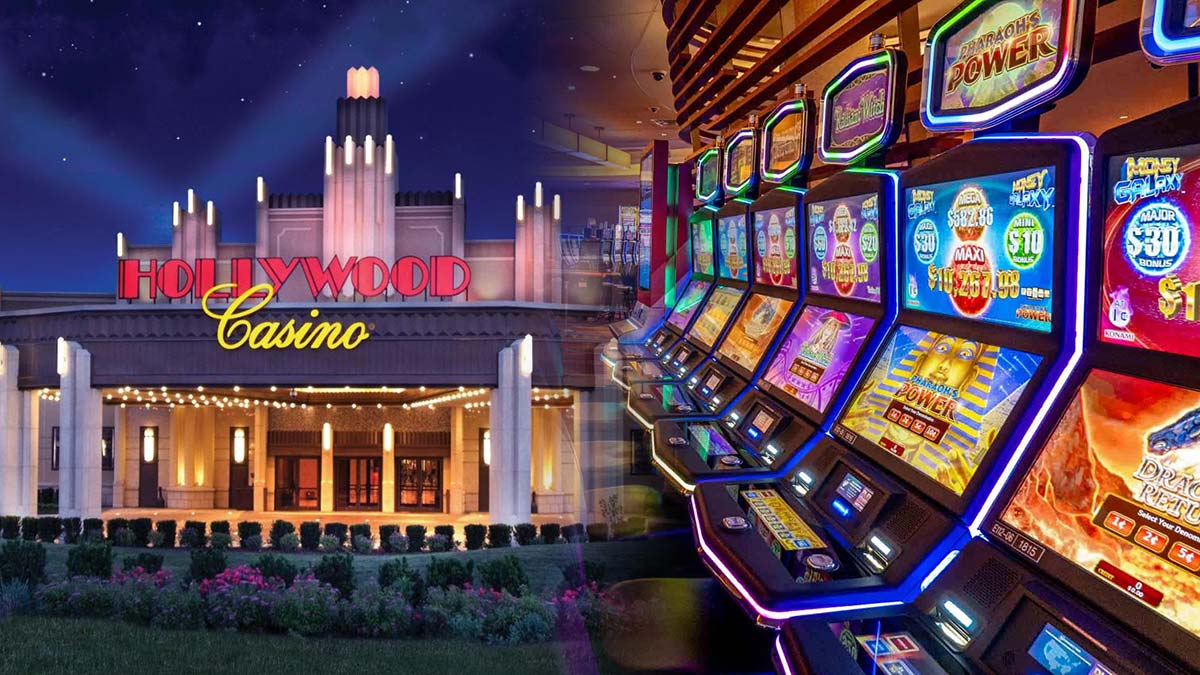
In the shadows of the shimmering lights and the alluring noises of spinning wheels lies an vibrant realm in which creativity meets numbers: the making of casino games. While players flock to casinos seeking excitement plus the chance of winning big, a vast amount of work takes place behind the scenes to create these games for their enjoyment. From the initial concept to the ultimate product that players engage with, numerous elements come together to ensure an captivating gaming experience.
Creators, engineers, and game creators collaborate to combine innovative technology with engaging gameplay features. Each aspect, from visuals and sound effects to odds and payouts, is meticulously crafted to attract players and keep them entertained. Understanding the intricate process of how casino games are made reveals not only the technical expertise involved but also the creative vision that brings these engaging experiences to life.
Video Game Development Workflow
The game process starts with idea generation and concept development, where creators develop ideas for new casino games. This first phase often involves pinpointing target audiences and understanding market trends. Designers take into account elements like game mechanics, themes, and payout structures to create an engaging experience. Teamwork between game designers, mathematicians, and artists is essential to ensure a well-rounded concept.
Once a design is selected, the next stage involves creating prototypes and testing. Designers build a functional version of the game to evaluate its playability and mechanics. This facilitates adjustments and refinements based on feedback from testers. Iteration is key, as designers may go through multiple rounds of evaluations to optimize gameplay balance and user experience. This stage is crucial for identifying any possible issues before the game is finalized.
After testing, the game moves into the development phase and production. This comprises the technical aspects of coding the game software, integrating graphics, and ensuring compliance with gaming regulations. Quality assurance testing ensures that the game functions flawlessly across different platforms and devices. Once everything is refined, the game is prepared for launch, usually accompanied by promotional tactics to draw in players and generate buzz around the latest casino game.
Technology and Development
The development of gambling games has changed significantly with developments in tech. Contemporary game design often incorporates top-notch graphics, captivating sound effects, and dynamic animations that create a captivating experience for players. Game developers use advanced software tools and coding languages to develop these immersive gaming experiences. Additionally, the use of random number generators ensures equity and unpredictability in outcomes, which is crucial for ensuring player trust and compliance with gaming regulations.
In recent years, the rise of online casinos has pushed the limits of game development even further. Developers are now able to build games that appeal to a worldwide audience, integrating features such as live dealers and virtual reality environments. This shift has encouraged creativity, leading to novel game mechanics and formats that enhance player engagement. Mobile gaming has also become a key focus, encouraging developers to tailor games for mobile phones and tablets, ensuring accessibility and convenience for players on the go.
Cooperation among designers, visual artists, and mathematicians is essential in the creation process. Each team contributes their expertise to make sure games are not only visually appealing but also statistically accurate and enjoyable. The integration of player feedback during beta testing allows developers to enhance game features and functionalities, ultimately leading to a successful launch. As technology continues to advance, the potential for innovative game concepts and experiences is limitless, promising an enticing future for casino games.
Testing and Quality Control
Once a casino game has been designed, it enters the essential phase of testing and quality control. This stage ensures that the game operates perfectly and provides a fair experience for gamblers. Teams conduct extensive tests, including operational checks to verify that all game features work as intended. Each component, from graphics to audio, is assessed to ensure quality benchmarks are met.
In addition to functionality testing, the game experiences thorough compliance checks to meet legal requirements. Various jurisdictions have specific rules governing game fairness and player protection. Quality assurance teams will check that the random number generators are working correctly and that the game’s payout percentages match with industry standards. This detailed examination helps establish trust with gamblers and authorities alike.
Finally, beta testing may be conducted with real players to gather feedback on user experience. This invaluable insight allows developers to implement necessary adjustments before the official launch. Addressing any potential issues identified during this phase helps ensure that users will experience a smooth, engaging experience when the game goes live. The commitment to quality reflects the sector’s dedication to delivering pleasant and trustworthy casino games. https://rr88sn.com/